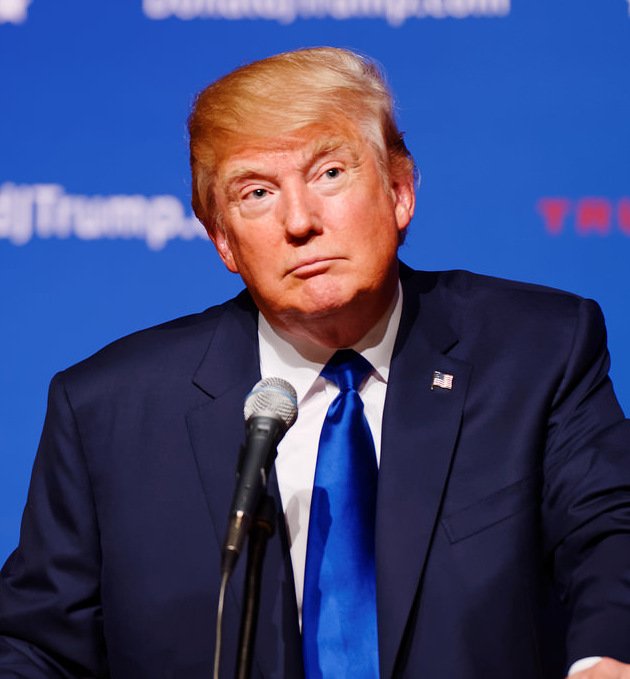
Congress can remove a president from office before the end of their term.
Impeachment is the first part – the charges – of a two-stage political process by which Congress can remove a president from office.
While it’s commonly used to mean removing someone from office, it actually refers to the filing of formal charges in Congress.
These charges then form the basis of a trial.
How does the impeachment process begin?
It has to be started by the House of Representatives, which is one of the two chambers of Congress. (The other is the Senate).
A simple majority (51%) needs to vote in favor of articles of impeachment for the process to move to the next stage.
If the House of Representatives votes to pass articles of impeachment, the Senate is forced to hold a trial.
What happens next?
A Senate vote requires a two-thirds majority to convict and remove the president – unlikely in this case, given that President Donald Trump’s party controls the chamber.
A team of politicians from the House of Representatives act as prosecutors. The president has their own defense lawyers and senators act as the jury.
The chief justice of the Supreme Court presides over proceedings and the president is tried.
Only two US presidents in history – Bill Clinton and Andrew Johnson – have been impeached, but neither was convicted.
President Richard Nixon resigned before he could be impeached.
